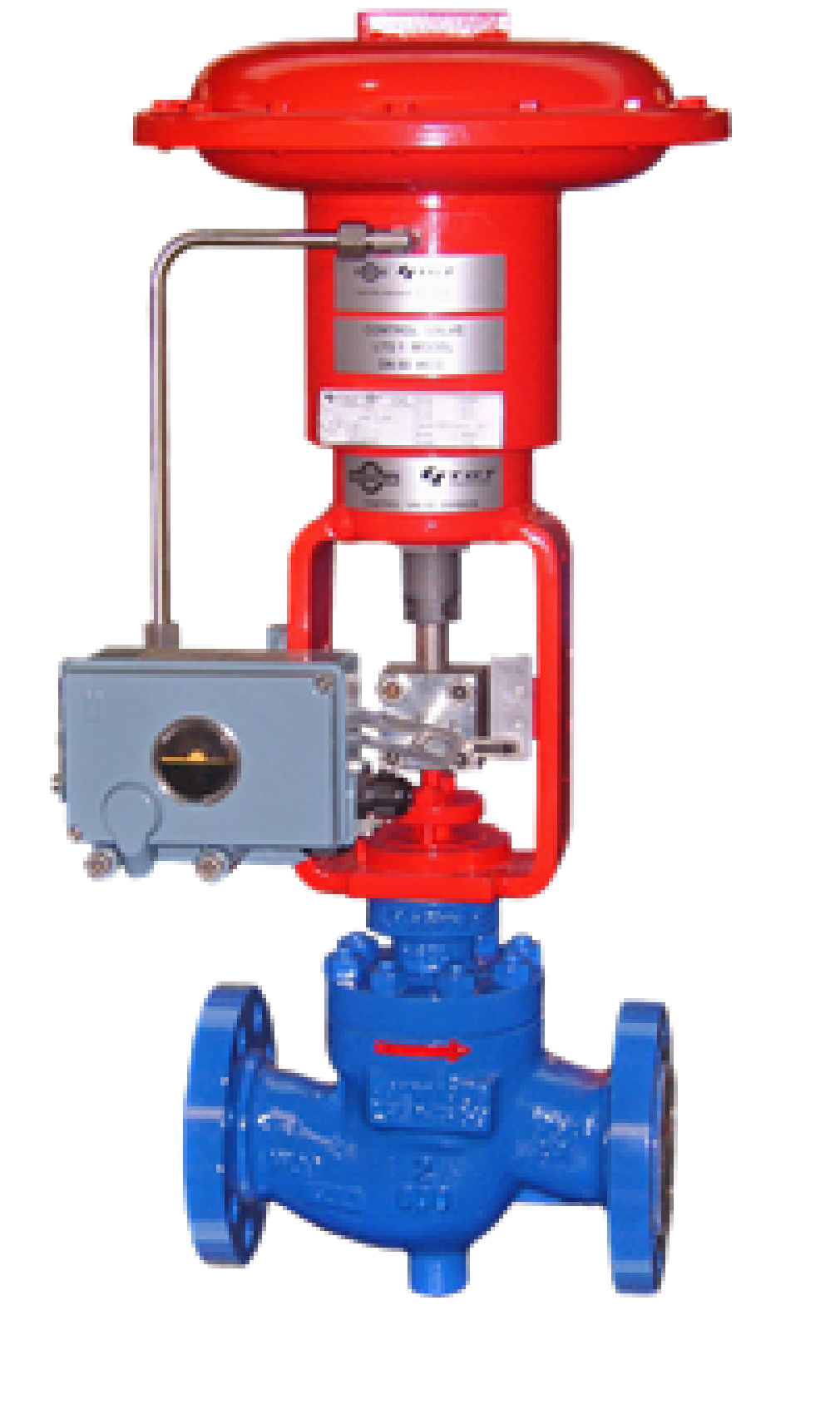Cutting-edge Control Valves: Enhancing Accuracy and Dependability
Cutting-edge Control Valves: Enhancing Accuracy and Dependability
Blog Article

Maximize Power Savings and Convenience With Advanced Building Automation Controls
In the realm of contemporary architecture and center monitoring, the assimilation of advanced structure automation controls stands as a crucial innovation. By harnessing the power of automation, structures can adjust, respond, and develop in means that were as soon as inconceivable.
Power Performance Benefits
Power performance advantages can significantly reduce power consumption and functional prices in buildings. Energy-efficient systems, such as advanced building automation controls, can maximize the usage of resources like illumination, cooling, and home heating, leading to reduced energy expenses over time.
In addition, improved energy performance can extend the life-span of structure equipment and systems. By running a lot more efficiently, cooling and heating systems, light, and other structure components experience much less damage, resulting in lowered maintenance and substitute costs. In addition, energy-efficient buildings often command greater residential or commercial property worths and rental rates, giving lasting monetary advantages to owners.
In addition, energy efficiency can boost resident convenience and productivity. Properly managed indoor atmospheres with optimal illumination and thermal problems create a more favorable and positive work area, leading to enhanced worker contentment and efficiency. Overall, the energy effectiveness benefits related to innovative structure automation controls are multifaceted, encompassing cost savings, ecological stewardship, and occupant health.
Enhanced Convenience Control
Enhancing comfort control in structure atmospheres calls for an advanced assimilation of innovative automation systems for optimal occupant well-being. By making use of sophisticated structure automation controls, facilities can tailor the indoor environment to meet the specific demands and choices of owners. These systems make it possible for specific guideline of temperature level, lights, and air flow, developing a effective and comfy atmosphere. Resident fulfillment and efficiency are carefully linked to thermal convenience, making it crucial to have systems in area that can adjust to altering conditions in real-time.
Improved convenience control goes past standard temperature changes. It includes functions such as individualized settings, occupancy sensing units, and all-natural light usage to develop a receptive and vibrant environment. By integrating these innovative controls, buildings can not just improve convenience but likewise enhance power efficiency by enhancing system procedures based upon real occupancy and usage patterns. Eventually, focusing on occupant comfort via innovative automation systems leads to a much more pleasurable and much healthier indoor environment.
Functional Effectiveness Improvements

Additionally, the execution of real-time tracking and analytics tools makes it possible for structure operators to identify power inadequacies and operational abnormalities quickly. By constantly keeping an eye on energy use patterns and system efficiency metrics, modifications can be made in real-time to optimize energy consumption and ensure peak functional efficiency. control valves. In addition, incorporating need response methods into building automation controls can additionally boost functional efficiency by dynamically readjusting energy use based upon grid conditions and rates signals
Indoor Climate Optimization
Efficient indoor environment optimization is a basic aspect of building automation controls, ensuring residents' convenience and health while making the most of power financial savings. By utilizing sophisticated sensors and controls, constructing automation systems can continuously readjust and keep an eye on temperature, humidity levels, air quality, and ventilation to develop an optimal indoor environment. Keeping regular and comfortable conditions not only enhances owner fulfillment yet likewise improves performance and total check these guys out health.
Interior environment optimization likewise plays an essential role in energy efficiency. By fine-tuning ventilation, heating, and cooling systems based on real-time information and tenancy patterns, building automation controls can considerably reduce power intake - control valves. Implementing strategies such as demand-controlled air flow and thermal zoning can help reduce energy waste while guaranteeing that each location of the building obtains the essential conditioning.

Lasting Atmosphere Development
Building automation manages not only enhance indoor environment problems for energy performance and resident convenience but also lay the foundation for developing a sustainable setting through strategic administration of systems and resources. By incorporating sophisticated structure automation modern technologies, such as sensors, actuators, and intelligent software program, facilities can readjust and monitor energy use in real-time to minimize waste and minimize their carbon impact. These systems enable predictive upkeep, recognizing prospective concerns prior to they escalate and optimizing devices efficiency to enhance durability and effectiveness.
Furthermore, sustainable setting creation extends beyond energy administration to encompass water conservation, waste reduction, and indoor air high quality renovation. Structure redirected here automation controls can regulate water usage, find leakages, and guarantee proper garbage disposal techniques, adding to total sustainability initiatives. In addition, by keeping an eye on and regulating air flow and purification systems, these technologies improve resident health and wellness and efficiency while decreasing energy usage related to cooling and heating procedures.
Final Thought
To conclude, progressed structure automation manages offer significant advantages in regards to power financial savings, convenience control, operational effectiveness, interior climate optimization, and producing a sustainable environment. By applying these controls, buildings can attain ideal performance while reducing energy consumption and improving owner comfort. It appears that making use of sophisticated automation technology is essential in boosting building efficiency and producing a more lasting future.
Energy performance benefits can significantly decrease power usage and functional expenses in structures. In general, the energy effectiveness benefits connected with innovative building automation controls are multifaceted, incorporating price financial savings, environmental stewardship, and owner health.
Additionally, integrating demand feedback techniques into building automation controls can even more boost operational efficiency by dynamically adjusting energy usage based on grid problems and rates signals.
Structure automation regulates not just maximize interior climate problems for power performance and owner convenience yet additionally lay the structure for developing a lasting setting via strategic management of resources and systems.In conclusion, advanced structure automation regulates offer significant benefits in terms of power financial savings, convenience control, operational efficiency, interior environment optimization, and try this web-site producing a sustainable setting.
Report this page